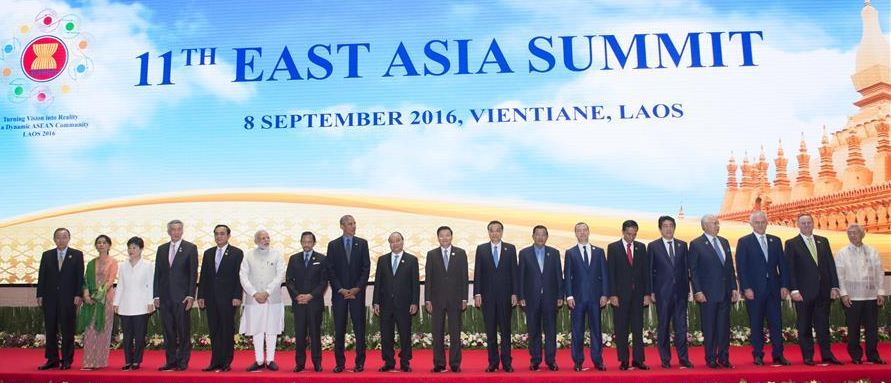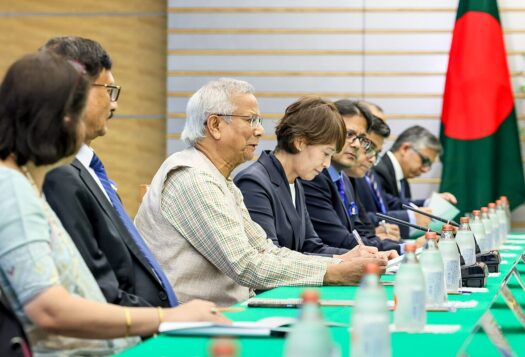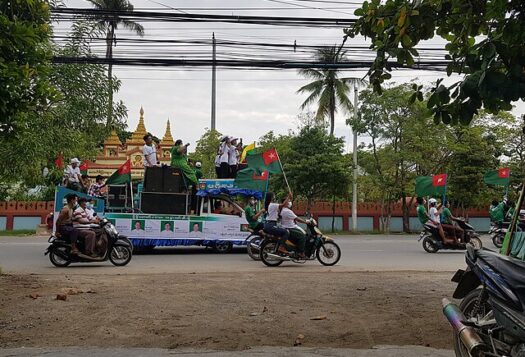
The Association of Southeast Asian Nations (ASEAN) plans to create an economic community among its members on the basis of “four freedoms” (the movement of products, services, labor, and capital). ASEAN’s goal is to establish a common market for its members so that, by 2015, nations would be able to move goods, services, investment, skilled labor and capital freely. To achieve this, ASEAN seeks to remove obstructions such as trade barriers and tariffs. This proposed union is being called the ASEAN Economic Community (AEC). The idea, proposed at the 13th ASEAN Summit in Singapore on 20th November, 2007, was to strengthen the internal trade links between ASEAN member nations – the member nations also agreed to focus on delivering trade goods to external markets.
Now, the issue to be addressed is that the economic integration of ten nations is difficult to achieve, especially those countries which are themselves striving for stable economies. This problem is further amplified when we add issues of corruption in governing bodies, the difficulty in coordinating between governments, and a lack of awareness of new markets. As one example, the World Bank’s Ease of Doing Business Index ranks Singapore as first in the world, but the Philippines ranks 95th, Laos 148th, and Myanmar, which is still trying to improve its economy after decades of economic isolation and military rule, at 177th.
Businesses in many member nations are not aware of the AEC and thus suffer heavily due to inadequate knowledge. Such lack of information hampers the growth potential of member economies. However, other countries are preparing for this change. Vietnam’s Deputy Prime Minister Pham Binh Minh has stated that around 60 to 70 percent of his country is aware of the AEC. States with higher awareness can increase their economic growth through connecting with regional markets and attracting regional corporate investment. The integration of AEC not only allows for growth but also opens up new opportunities for young industries as member nations will be keen to share new resources and knowledge.
Despite pushing the initiative to strengthen economic integration, the ASEAN community must also be aware of illicit activities that might be carried out. Cross-border illegal activities, such as drug and human trafficking, are ongoing in the region and ASEAN must take these activities into account.
Recent Progress
ASEAN has been taking effective measures to set up a common market for its member nations. The vision of an AEC was initially discussed by member nations in 1992 with the hope that the region would become dominant in trade and also benefit the whole global economy. To fully implement this dream, ASEAN nations met at the 13th ASEAN Summit and signed the AEC blueprint.
The AEC blueprint has served as the basis of operations. It mentioned all the steps that would ensure the stable development of the AEC before the deadline. The AEC plan focused on the four pillars of integration:
(i) a single market and production base,
(ii) a competitive economic region,
(iii) Equitable economic development, and
(iv) Integration with the global economy.
ASEAN is particularly focusing on the fourth pillar. ASEAN has successfully signed Free Trade Agreements (FTA) with various partners. ASEAN is responsible for reducing Asia’s trade barriers and also aims to strengthen trade among its member nations. FTAs have been signed with ASEAN’s strategic partners, namely: Australia, the People’s Republic of China, India, Japan, the Republic of Korea, and New Zealand. Additionally, in 2012, the negotiations for the Regional Comprehensive Economic Partnership (RCEP) which included ASEAN and strategic partners were set up. RCEP includes “more than 3 billion people, has a combined GDP of about $17 trillion, and accounts for about 40 percent of world trade.”
All of these steps mentioned above will strengthen trade within the ASEAN member nations as well as with the outside world. This will in turn provide ASEAN an opportunity to achieve the goal of becoming a successful trading region.
***


